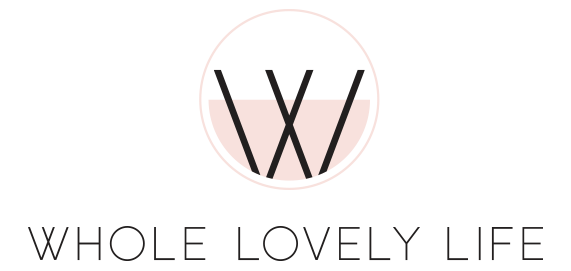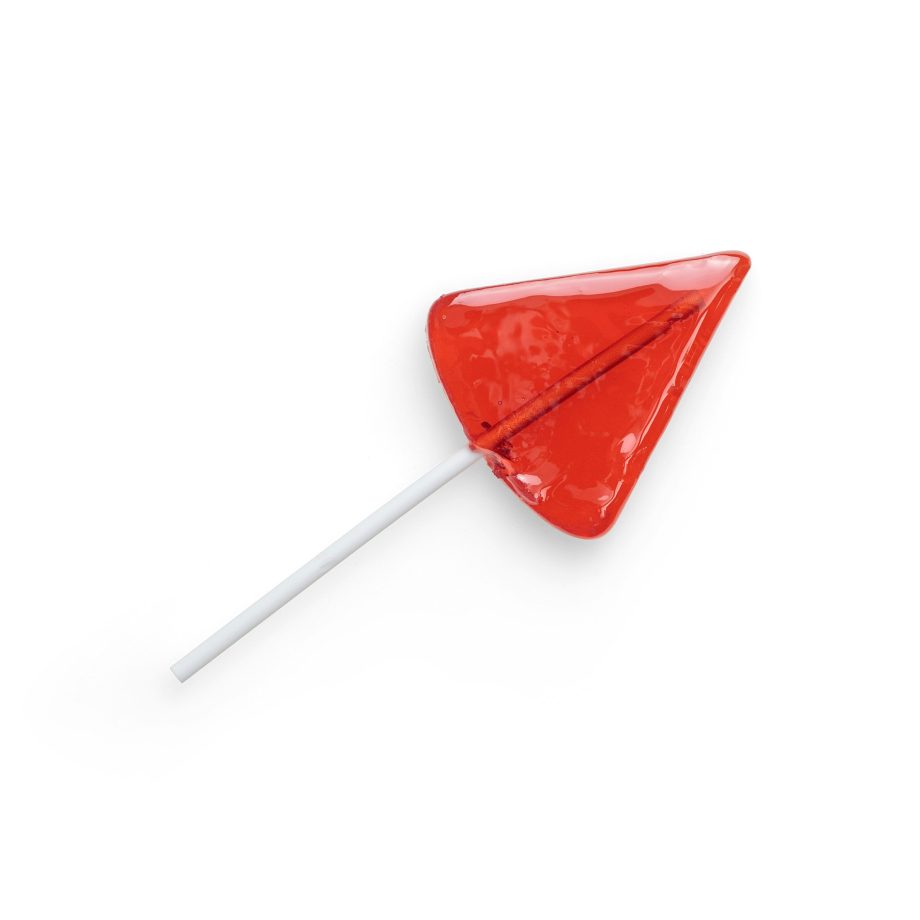 THE TROUBLING HISTORY OF ARTIFICIAL FOOD DYES
THE TROUBLING HISTORY OF ARTIFICIAL FOOD DYES
Whether or not you closely follow the health and wellness community there is pretty a good chance that you have heard the news that Red No. 3 is finally being banned in the United States. I’m not sure about you but when I heard this was happening I was pretty excited. We deserve better and should have full knowledge of what is in our food and the potential harm of these ingredients to human health.
However, when I started researching the history of food dyes I realized that this has happened before. When one harmful additive is removed, another often takes its place. While I do feel hopeful for the future of food in the U.S. at the same time I am a bit skeptical. To understand why I am skeptical you have to understand a little bit about the history of artificial food dyes and why they have been banned in the past. In addition we also need to look at why the U.S. food system continues to allow harmful additives in processed food while other countries take a more precautionary approach.
THE HISTORY OF RED DYE NO. 3
Red Dye No. 3 has been a staple in the food industry for decades It is used to give candies, baked goods, medications, and even dog and cat food a bright red or pink hue. It is also in things you may not think about like bacon bits, meat, and cheese sticks. However, its safety has been questioned since the 1960s due to studies that have linked it to thyroid cancer in lab animals.
In 1990, the U.S. Food and Drug Administration (FDA) banned Red Dye No. 3 from use in cosmetics and topical drugs because of these cancer concerns. You read that right! Banned for things that go ON the body but not banned for things that go IN the body. Honestly it is insane! Can you believe that after all of these years it has remained in food and oral medications? This should make all of us angry. So many people I work with who finally become aware of what is in their food have told me that they had no idea food additives could be harmful. They just assumed that if it was on the store shelf then it must be safe. The reason Red Dye No. 3 continued to stick around in food and medications is due to lobbying from food manufacturers and a lack of immediate regulatory action.
Fast forward to 2025 and finally the FDA has banned this artificial color in food and medications. While this decision aligns with research showing its potential to cause cancer we should be asking and demanding to know why it took so long! We should also be asking for transparency on what will be replacing it.
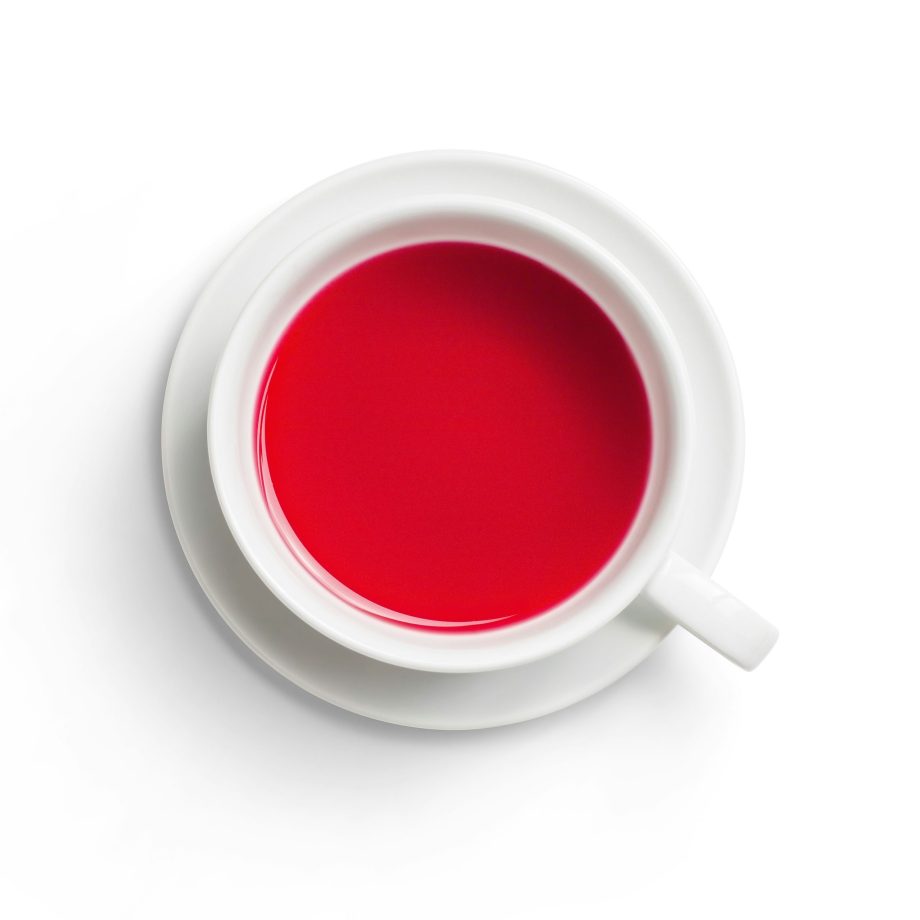
A LONG HISTORY OF BANNED FOOD DYES
The U.S. once allowed over 80 synthetic food dyes in consumer products. Luckily today fewer than 10 remain due to growing health concerns and regulatory bans. Let’s look at some of the dyes that were once common but are now banned:
- Red Dye No. 2 – Banned in 1976: This was one of the most widely used red dyes until studies linked it to cancer in rats. The European Union had already banned it years earlier.
- Orange No. 1 – Banned in 1956: One of the first food dyes to be removed from the market after being linked to toxic effects in animal studies.
- Violet No. 1 – Banned in 1973: Used to stamp USDA approved meats and was removed after studies suggested it caused intestinal tumors in rats.
- Red Dye No. 4 – Banned in 1976: Previously used in beverages and cosmetics and was removed from the market due to links to bladder cancer in animal studies.
- Yellow No. 1, 2, 3, and 4 – Banned in 1959: All four of these dyes were discontinued after studies raised concerns about their toxicity.
- Green No. 1 – Banned in 1966: Removed due to a lack of sufficient safety data and concerns over potential toxicity.
- Red Dye No. 32 – Banned in 1956: Used on citrus peels and was prohibited after studies found it to be potentially harmful.
Synthetic food dyes are artificial colorants made from petroleum derived chemicals like coal tar and crude oil byproducts. YUCK!
These dyes are used to enhance the appearance of processed foods, beverages, and cosmetics which makes them more visually appealing to consumers. Given that they are chemically created vs. naturally derived they often contain impurities and compounds that are concerning for human health. Again, these colorants are made from petroleum derived chemicals. That fact alone should tell us they are not safe for human consumption but here we are. And, while some people may say that they eat artificial colors regularly with no problems we need to look at the overall state of health for the U.S. population. We need to be honest with ourselves are realize that it is not good! Both adults and child are as sicker than ever.
Chronic illnesses are alarmingly prevalent in the United States. According to the Centers for Disease Control and Prevention (CDC), six in ten American adults have at least one chronic disease. And four in ten have two or more.
The prevalence of multiple chronic conditions is also increasing. The data shows us that 42% of adults have two or more, and 12% have at least five.
Shockingly children are similarly affected. A study published in Academic Pediatrics found that approximately 43% of U.S. children have at least one chronic health condition. When we include children that are overweight, obese, or have a developmental delay that number rises to 54.1%. Meaning more than half of America’s kids are struggling with their health in some capacity. And we know that kids food products are a huge target for artificial dyes.
These statistics show us just how prevalent chronic illnesses are among both adults and children across the United States. I think many are unaware of how poor the overall health of U.S. citizens has become.
Ok let’s get back to the history of banned food dyes.
These bans illustrate a recurring pattern: artificial dyes are widely used for years before scientific research confirms their risks to human health. Which then eventually leads to removal from the market. However, some dyes still in use today such as Red 40 and Yellow 5 remain controversial due to potential links to hyperactivity in children as well as other health concerns. I always think about all of the kids who are on medication for hyperactivity and wonder if they no longer consumed artificial dyes would we see an overall improvement.
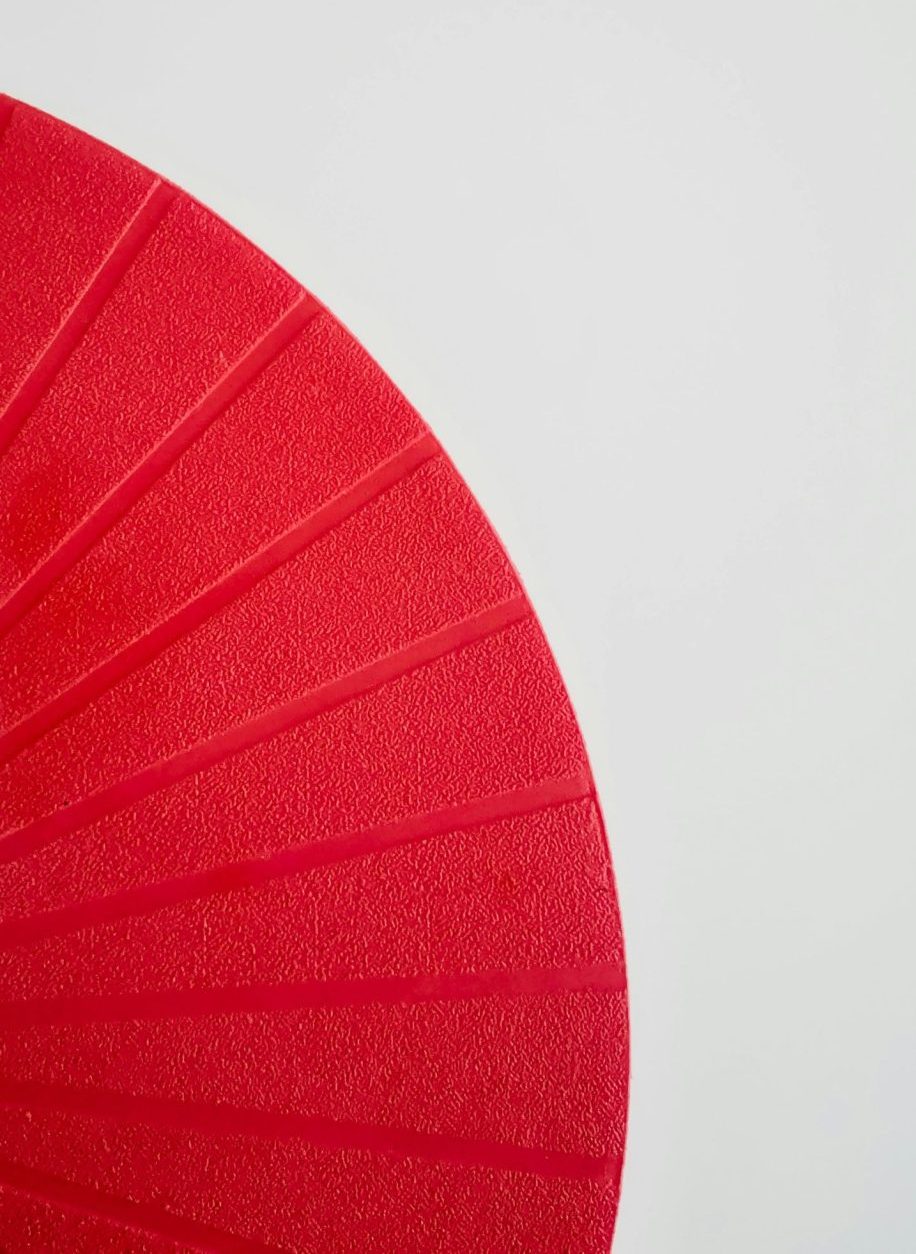
THE PROBLEM WITH THE U.S. FOOD REGULATORY SYSTEM
When I first started learning more about our food system I just could not wrap my head around the idea that our government allows companies to put synthetic non food ingredients into processed food without first studying and ensuring them safe for human consumption. Again, going back to this idea that I believe most people just assume if it’s on the shelf it is safe but that could not be further from the truth.
What really angered me is when I found out that in other countries specifically the European Union any new food additive must be proven safe before it is allowed into the food supply. Makes complete sense don’t you think! They take a precautionary approach to ensure that consumers are not exposed to potentially harmful substances while long term studies are still being conducted. That is how it should be done!
This is why many food colorings and preservatives allowed in the U.S. are banned or restricted in Europe. For example:
- Red 40, Yellow 5, and Yellow 6 require warning labels in Europe due to links to hyperactivity in children, but they are still widely used in the U.S.
- Titanium Dioxide (a whitening agent) was banned in the EU in 2022 because of concerns about DNA damage yet it remains in U.S. food products. You might recall recent conversations about titanium dioxide and Skittles.
- Brominated Vegetable Oil (BVO), linked to thyroid dysfunction and neurological problems and banned in the EU but still found in many American sodas. Not an artificial color but another great example of a chemical we know causes harm to human health yet the U.S. allows it. And, the reality is some people drink soda daily exposing themselves over and over.
In the United States food additives are regulated under the Generally Recognized as Safe (GRAS) system. This system allows manufacturers to self certify (crazy right!) that an ingredient is safe without extensive independent research or long term studies. In other words companies can introduce additives into the food supply without proving their long term safety.
When you look at these regulatory differences it is very clear that the U.S. government prioritizes industry interests over consumer safety.
We must question the integrity of all food corporations who are making processed foods with these ingredients. These companies continue to use synthetic dyes and additives prioritizing profit over public health. Despite knowing the potential risks associated with these chemicals they choose to continue using them because they are cheap and they enhance the marketability of their products. All of which leads to more profits for these companies. Think about. Companies and people are making money at the expense of our heath. Remember just because an ingredient is legally permitted doesn’t mean it’s safe. Companies have the moral responsibility to do better!
As consumers we have the a huge power to influence change. There is a movement happening and it makes me so happy. I have been talking about this stuff for many years like many others in the wellness space. But we were just talking to each other. Now we are seeing this rise up happening among people who never thought twice about what was in their food. As a population we need to keep the momentum going! Sharing your knowledge with others, posting on social media, calling your senators and Big Food companies directly to demand better.
In addition we need to be our own health advocates. No one is going to swoop in and save you. It is your responsibility to educate yourself and do what you can to ensure you and your family are not consuming these ingredients and not supporting the companies that are choosing profit over people. One way to do this is by reading labels and choosing products free from synthetic dyes. In addition you can support brands committed to transparency and safety around the ingredients they are adding to their processed foods. Consumer demand has already driven many companies to reformulate products in the past proving that our voice and our dollars matter.
If the same corporations are making products for other countries free of these dyes why can’t they here as well! A fun little story… when I was in the Delhi Airport years ago for work a coworker and I were so happy to see that the Haribo gummy bears sold in one of their shops contained all natural dyes. We know these companies can make products without synthetic dyes so why aren’t they.
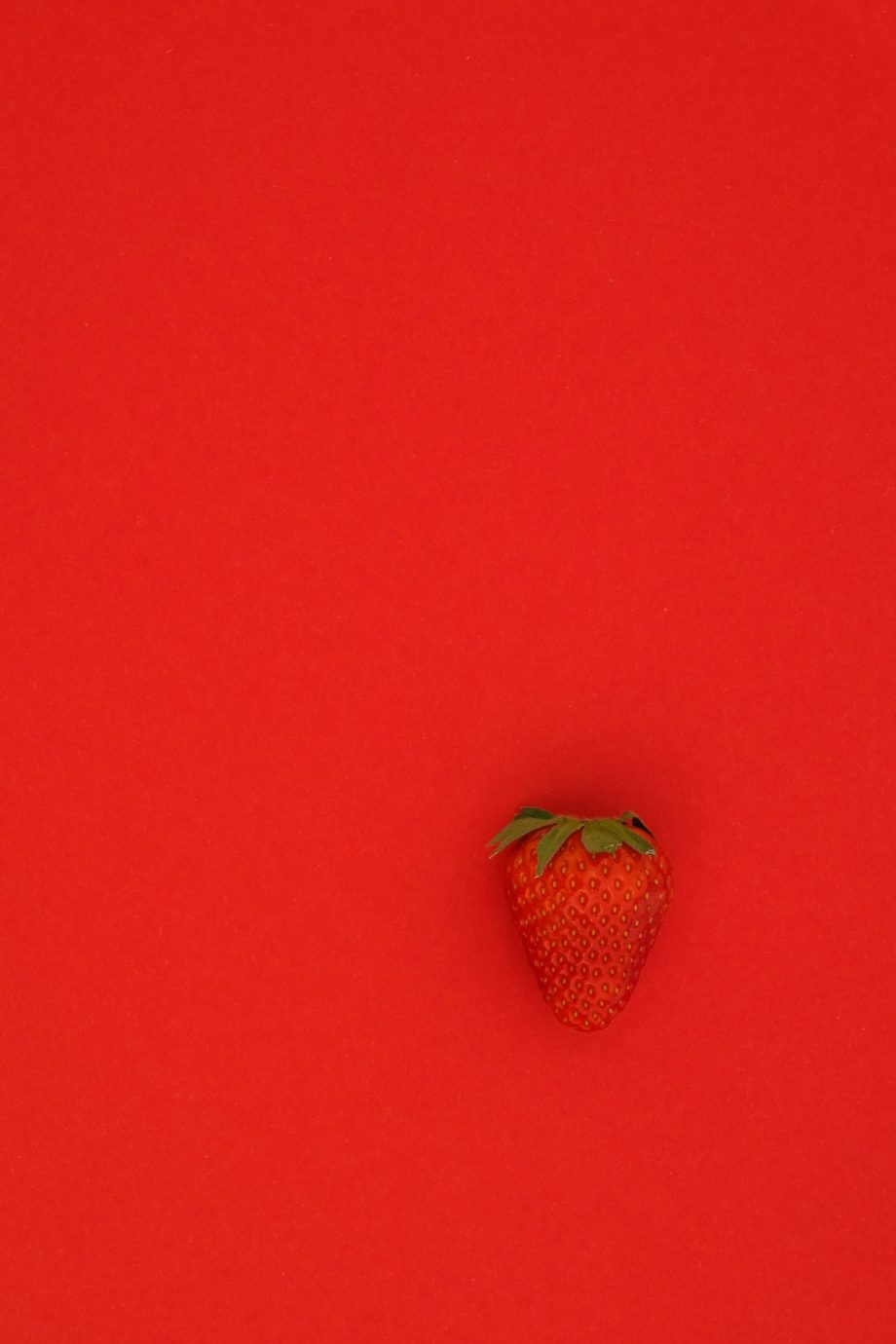
WHAT WILL REPLACE RED NO. 3
While banning Red Dye No. 3 is a step in the right direction the reality is that history tells us that the food industry will likely replace it with another synthetic dye. I want to remain hopefully but this is a reality based off of what we have seen time and time again
For example Red 40 is still widely used in the U.S. despite concerns about hyperactivity in children and potential carcinogenic effects. It wouldn’t be surprising if companies simply replace Red 3 with Red 40.
Even “natural” replacements can be misleading. Some food companies use carmine which is a red dye derived from crushed cochineal insects. Starbucks was on the radar for using this in some of their drinks a few years ago. Number one carmine comes from an insect which is pretty gross but in addition some people are severely allergic to carmine. Just because something occurs in nature does not mean it is meant for or safe for human consumption.
HOW TO PROTECT YOURSELF FROM HARMFUL FOOD ADDITIVES
Here are a few more ways that you can protect you and your family because food companies have until 2027 to remove Red No. 3 from their products. And, I am guessing we won’t see things change until closer to the deadline.
- Read ingredient labels – Avoid artificial food colorings like Red 40, Yellow 5, and Blue 1.
- Look for products that use colorants from natural sources – Things like beet root, turmeric, spirulina, butterfly tea powder, strawberries, carrots, blueberries and many more!
- Choose whole unprocessed foods – The fewer additives the better!
- Look for European brands – Some international brands use different safer formulations for their European markets.
- Advocate for better regulations – As a population we need to push for stricter safety standards.
The ban on Red Dye No. 3 is long, long overdue. But is a start and is leading us in the right direction. While it is a small victory to a much larger problem it should be celebrated! Instead of waiting for the next harmful additive to be banned let’s come together and demand better food safety regulations. Until then the best thing we can do is to stay informed and make conscious choices about the food we consume and feed to our families.
In Love, Health + Gratitude,
Katie
References:
FDA to Revoke Authorization for the Use of Red No. 3 in Food and Ingested Drugs
Why these food additives are banned in Europe—but not in the United States
Synthetic food dyes: Health risks, history, and policy
